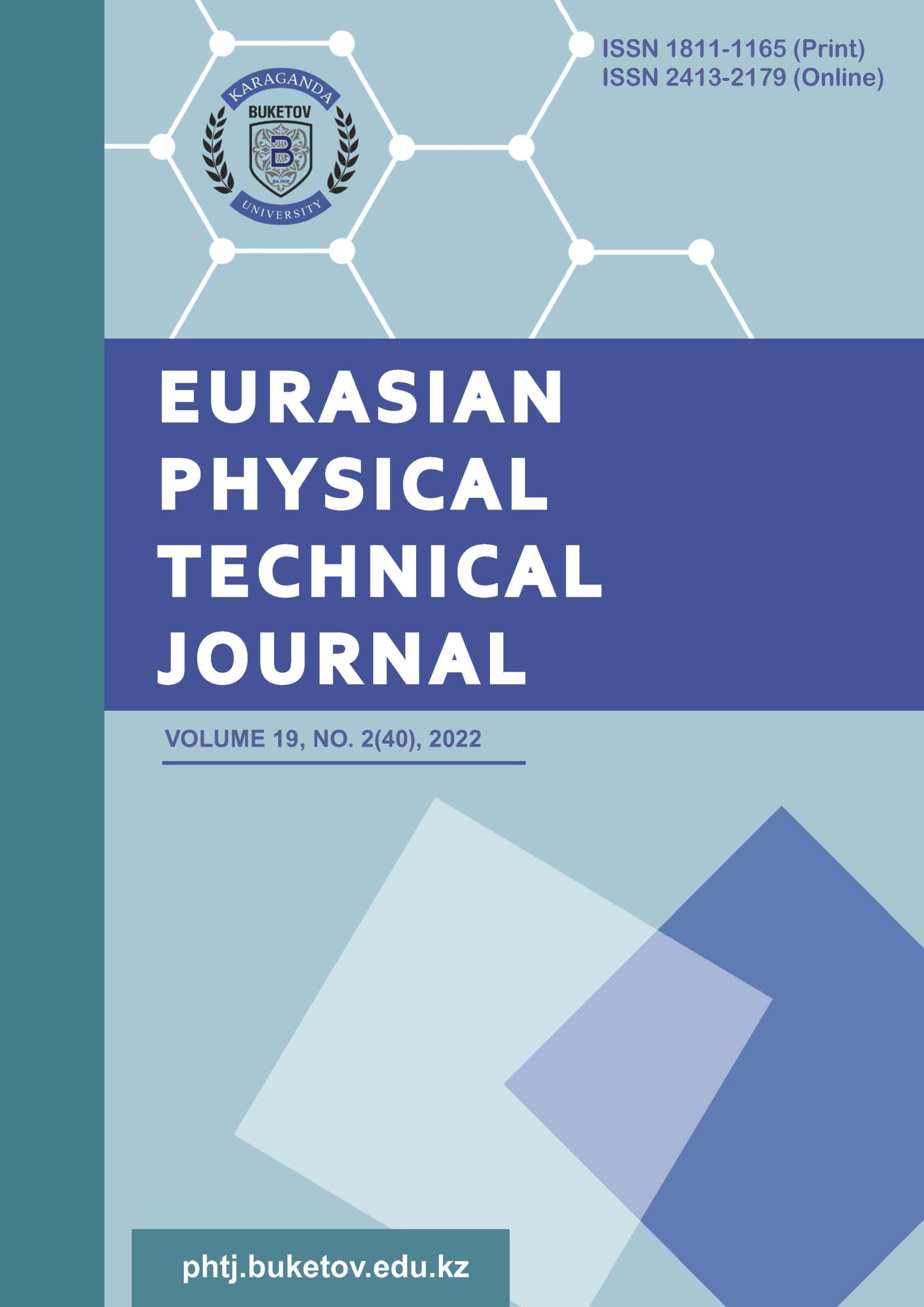MAIN CHARACTERISTICS OF THE HEAT FLOW METER
DOI:
https://doi.org/10.31489/2022No2/71-74Keywords:
heat flow meter, thermoelectric battery converter, integral sensitivity of heat flow meters, copper-constantan thermocouple, thermal energyAbstract
The problems and prospects of application of non-destructive testing methods for technical diagnostics of the thermal networks state and various technological objects are discussed. The recording of the temperature state of thermal processes by using a flow meter is due to its sensitivity to the change of thermophysical characteristics and the ability to control without the use of an external energy source, etc. The description of the developed device to measuring of the heat flow using of a thermoelectric heat flow converter of a special design is shown. A distinctive feature of the device is the heating element that installed on an insulating layer serving as a support surface. Calibration of the device is proposed to be carried out by replacing the heat flow from the investigated object with the heat flow released in the heating element when an electric current passes through it. The developed device can register the changes in the heat flux density in the range of (25-100) W/m2, which allows it possible to detect the smallest thermal insulation defects.
References
Akhmetzhanova S.B., Tusupbekov M.B., Stroeva G.V., Kysykov A.B. Problems of development of the heat supply system and the scope of application of existing approaches to heat conservation in the Republic of Kazakhstan. Astana: PROON/GEF, 2007, 21 p. [in Russian]
The program of modernization of housing and communal services of the Republic of Kazakhstan for 2011-2020: approved on April 30, 2011. No 473. [in Russian]
Ivanov V.V., Shkrebko S.V., Chernyshova L.A., et al. Qualitative forecasting of the condition of sections of underground heating mains. Heat supply news, 2001, No 3, pp. 27-28. [in Russian]
Nesteruk D.A., Vavilov V.P. Teplovoj kontrol' i diagnostika. (Thermal monitoring and diagnostics). Tomsk: TPU, 2007, 104 p. [in Russian]
Gerashchenko O. A., Grishchenko T. G. Devices for Thermophysical Measurements. Chas, Kiev, 1991, 162 p. [in Russian]
Gerashchenko O.A. Fundamentals of heat metering system. Kiev, 1984, 1971 p. [in Russian]
Varganov I.S., Lebedev G.T., Konpov V.V. Current state and main problems of thermal non-destructive testing methods. Prom. teplotechnika, 1983, Vol. 6, No2, pp. 80-93. [in Russian]
Karabekova D.Zh., Khassenov A.K, Kissabekova P.A., Satybaldin A.Zh., Tungushbekova M.K. Variation of spatially heterogeneous radiation by coordinate-sensitive receiver. Eurasian Physical Technical Journal, 2020, Vol.17, No.1(33), pp. 113-118.
Karabekova D. Zh., Kissabekova P.A., Khassenov A. K., Azatbek Sh. Device of measuring heat flow. Republic of Kazakhstan. Patent number: 6393. Date of publication: 03.09.21.
Kissabekova P.A., Karabekova D.Zh., Nussupbekov B.R., Khassenov A.K. Analysis of the Insulation State of Underground Pipelines in the Heating Network. Thermal Engineering, 2021, Vol. 68(10), pp. 802–805.













